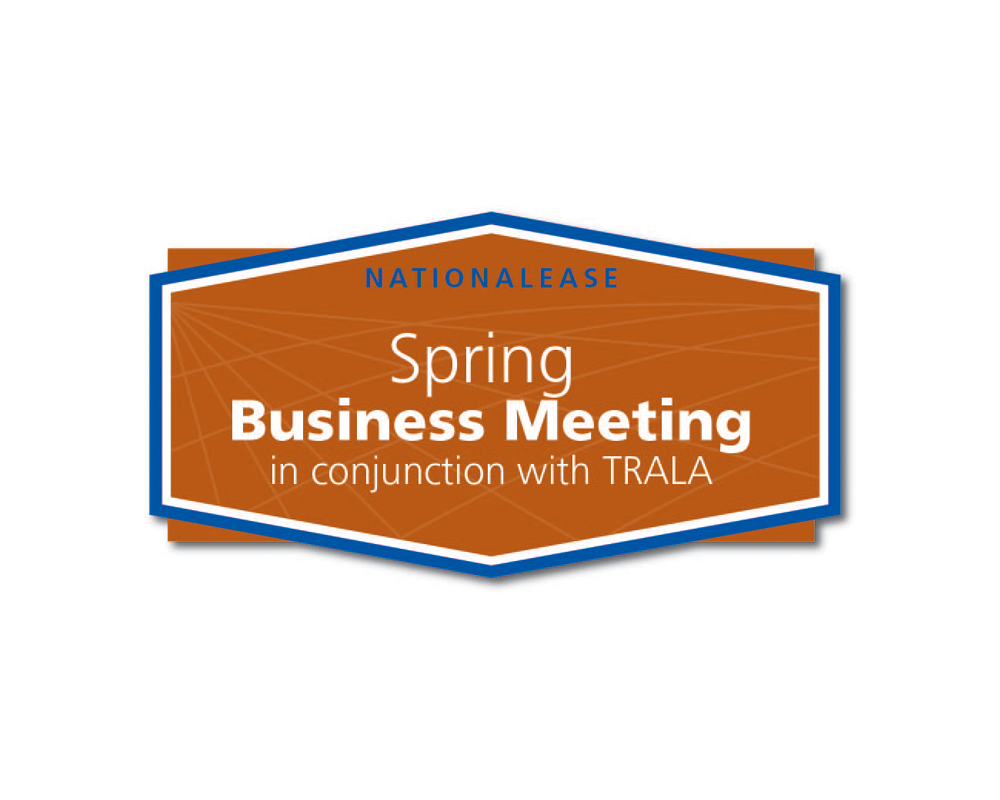When unemployment is low, it becomes harder to fill the jobs that may be open in your company. That’s why it’s so important to retain the qualified employees you have.
If you think replacing an employee isn’t more costly than retaining one, then consider this. According to a Forbes article from earlier this year, replacing an employee can cost a company more than 30% of an annual salary for an entry-level or low-salaried employee. As the positions and salaries climb, so does the cost.
When considering the costs, you have to look at more than salary. Replacing an employee doesn’t just mean replacing a salary. You also have to consider the costs of recruiting (advertising, marketing, the use of placement firms, etc.); the expense in time and money to onboard and train a new employee; and the time a position goes unfilled. which according to SHRM, the association of HR professionals, can be up to 42 days. This means other employees, if they are able, need to fill the void giving them less time to devote to their own positions. Or the job simply doesn’t get done and the company suffers.
There’s also the loss of morale. If good, well-liked employees leave, especially if the turnover is constant, other employees may feel less confident in the company’s ability to retain good people. Plus, it’s easier to maintain ongoing relationships with co-workers than it is to create new ones. So what can you do to increase employee retention throughout your company?
Jane Clark, Vice President of Member Services for NationaLease offered some suggestions in a recent IdeaXchange blog, “The reality of employee turnover.” She notes that often it is the manager that factors in to an employee’s decision whether to stay or go, not necessarily employee engagement programs. Companies that are experiencing turnover should make it clear that managers have a responsibility to keep turnover low. That may encourage managers to build trust with their employees which should help retain employees who are otherwise happy with their job.
Most important, according to Jane, if you want to know what you’re employees are thinking, ask them. Conduct periodic “stay” interviews where employees can tell management why they stay and what their issues are. This will give managers much needed information that can then be used to create action plans that will keep employees with the company.
When, despite all efforts, someone does leave, you should meet with managers to find out the reasons, if there were active retention programs in place and if there was anything that could have been done to keep that employee from leaving.
The time to calculate the true cost of turnover is before employees leave, not after.





